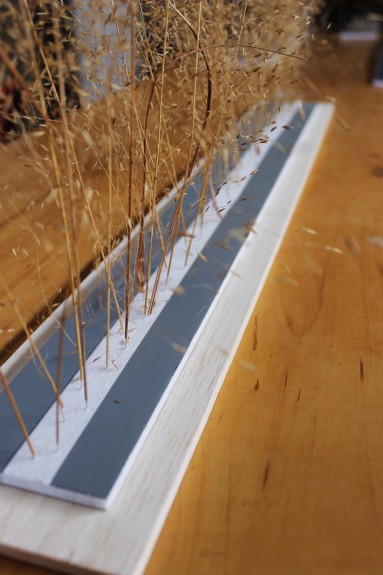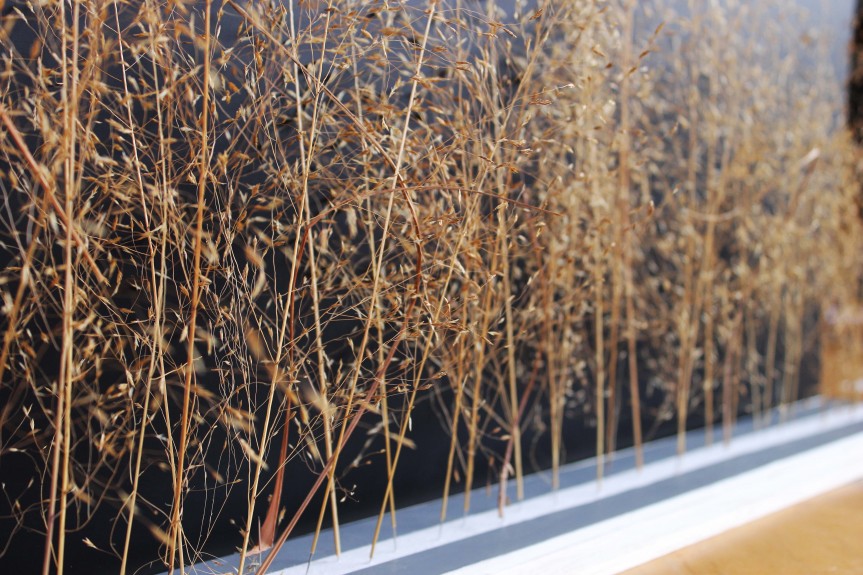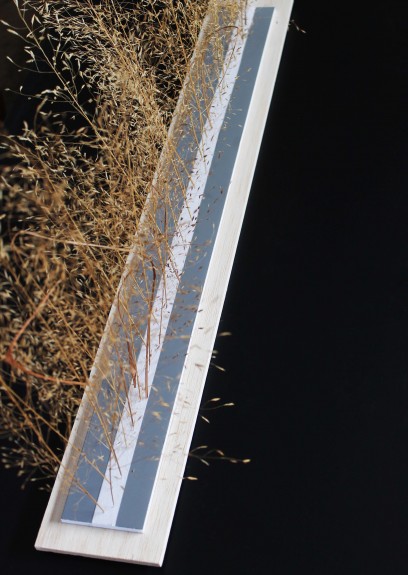radicle Botanica
These mini landscapes made from local and edible plants tell the story of what our botanic beauties have to offer as edible, medicinal, sculptural and textural elegance. And, hopefully, they help us see such plants with new eyes and greater appreciation.
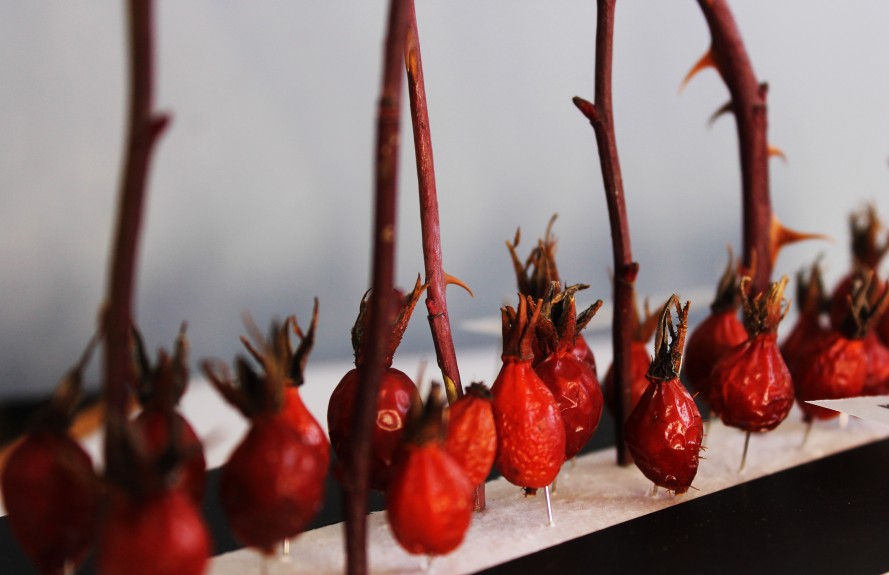
Rosa rubiginosa – Sweetbriar Rose. Excellent for erosion control, winter interest, bird habitat and vitamin C rose hip tea.
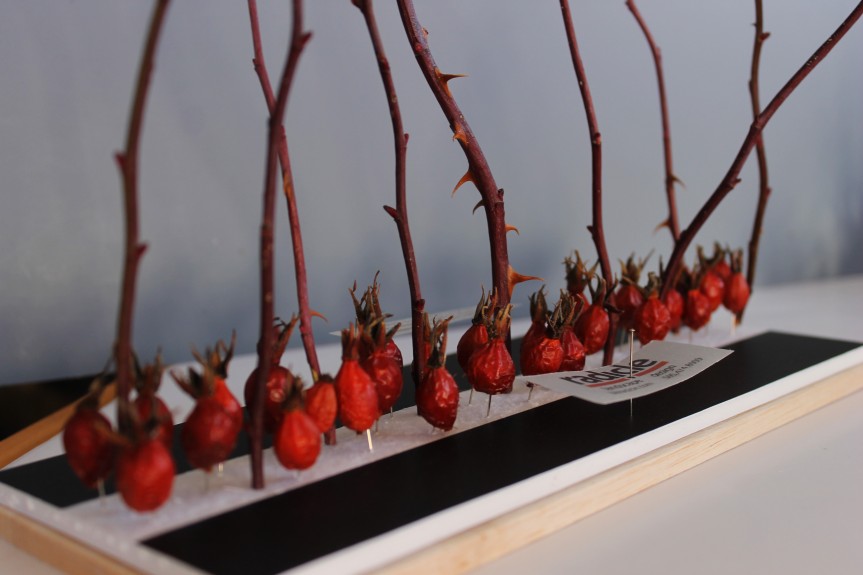
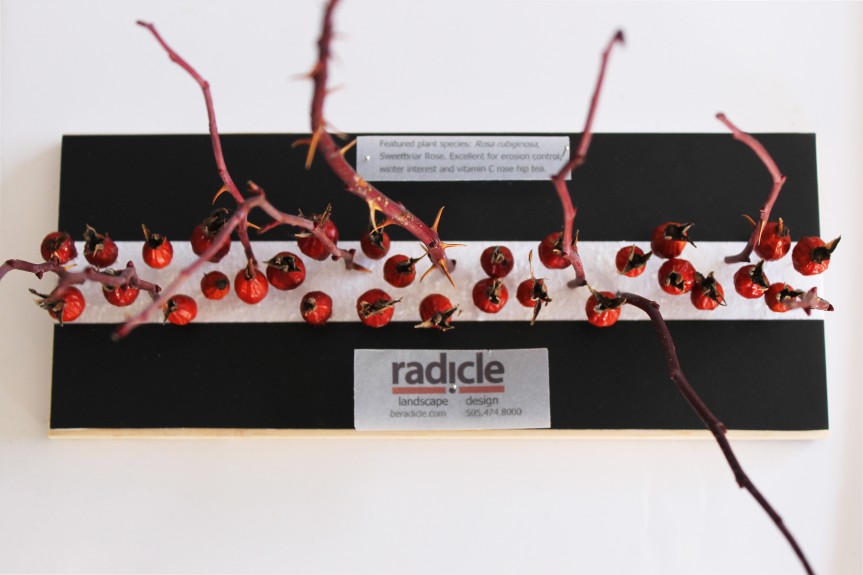
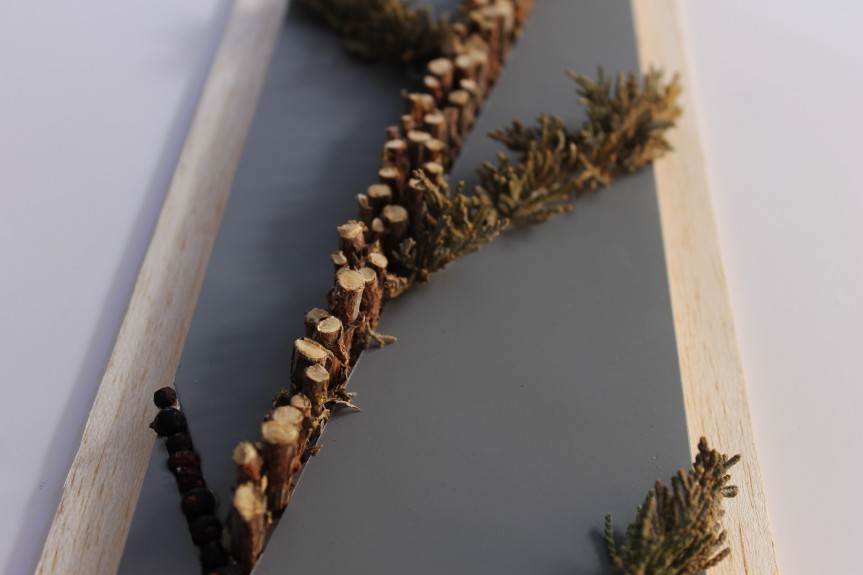
Juniperus scopulorum – Rocky Mountain Juniper. Provides winter interest, fragrance and wildlife habitat. Berries add robust flavor to stews and teas.

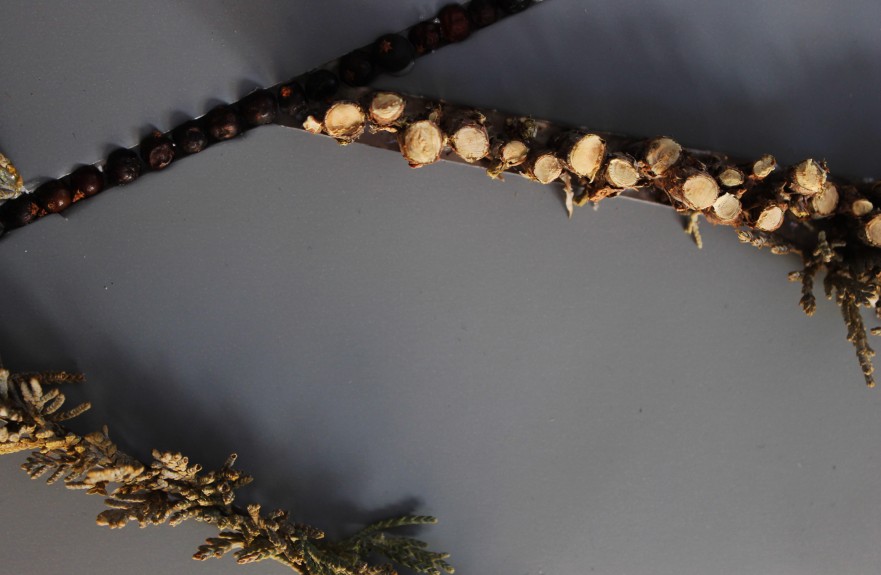
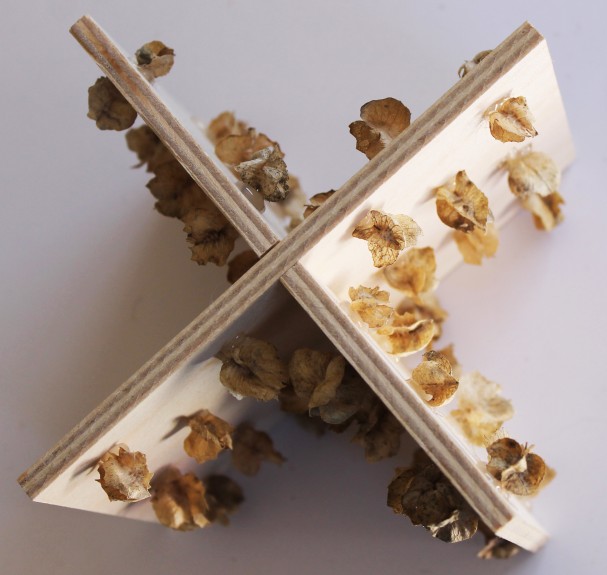
Atriplex canescens – Fourwing Saltbush.
Often considered an indicator plant of Pueblo ruins. Separate-sex species, tolerant of xeric, alkaline conditions. Highly useful plant as food source, tool, medicinal and soap.
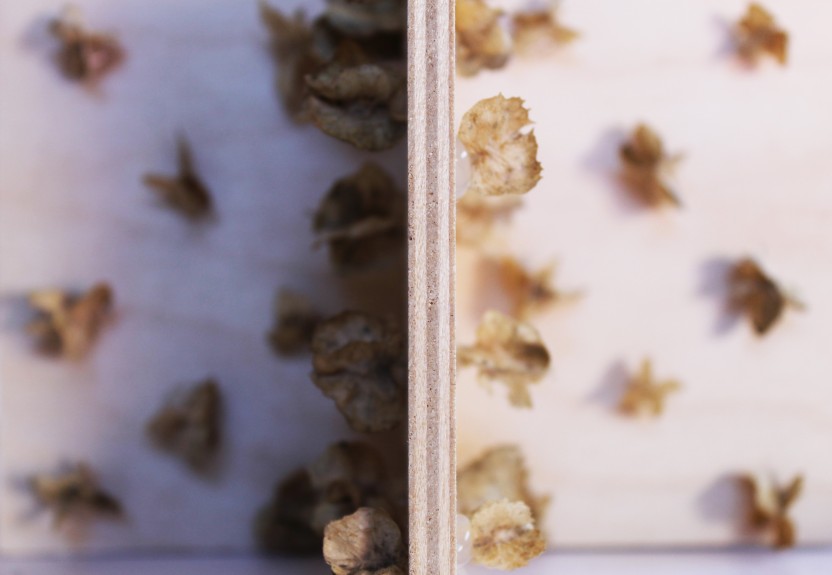
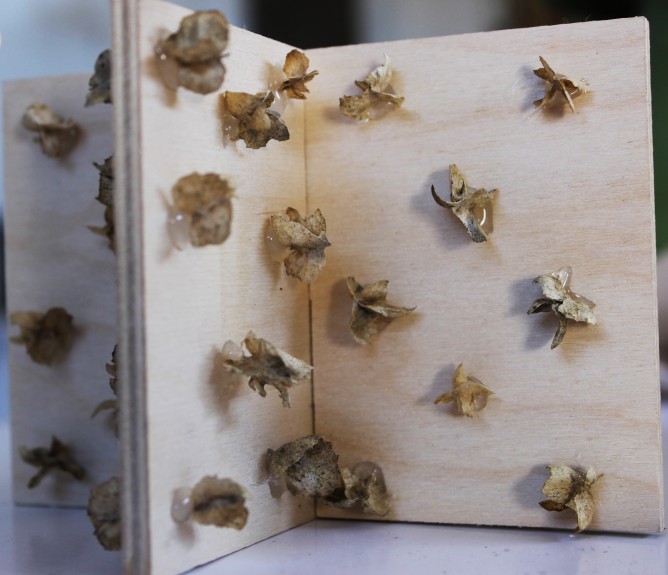
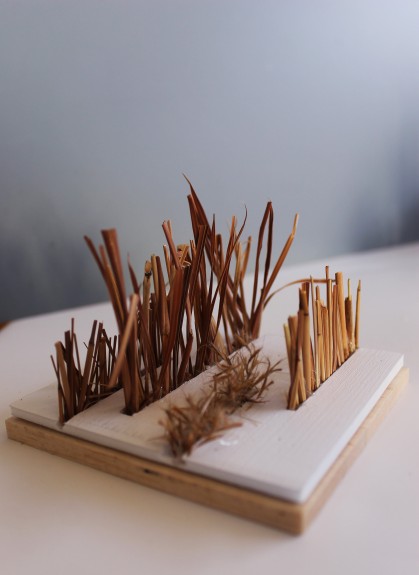
Andropogon scoparius – Little Bluestem. Warm season grass provides sculptural and color interest. Used as fiber for brooms and brushes.
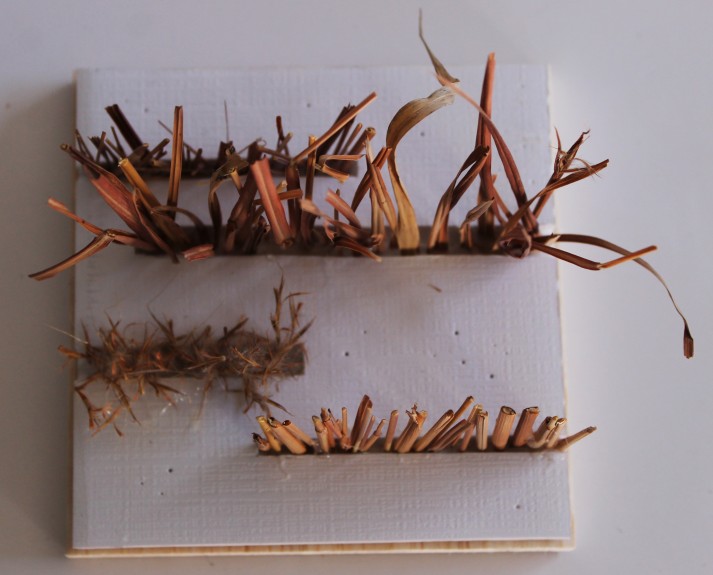
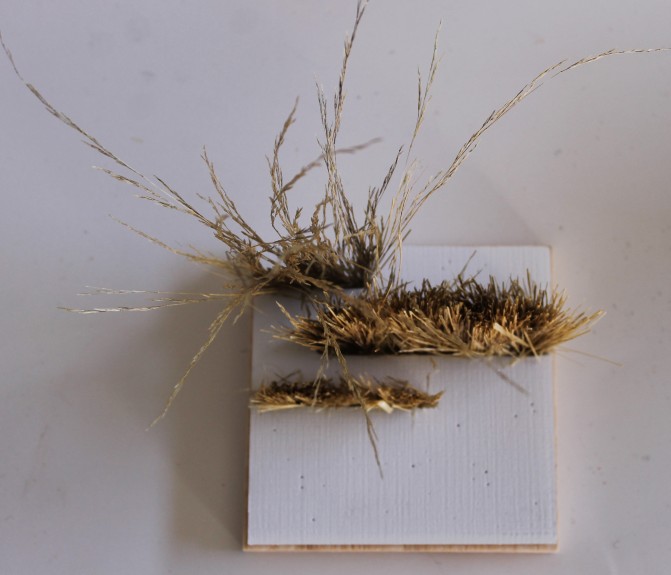
Stipa tennuissima – Threadgrass.
Provides sculptural interest. Xeric, low maintenance.
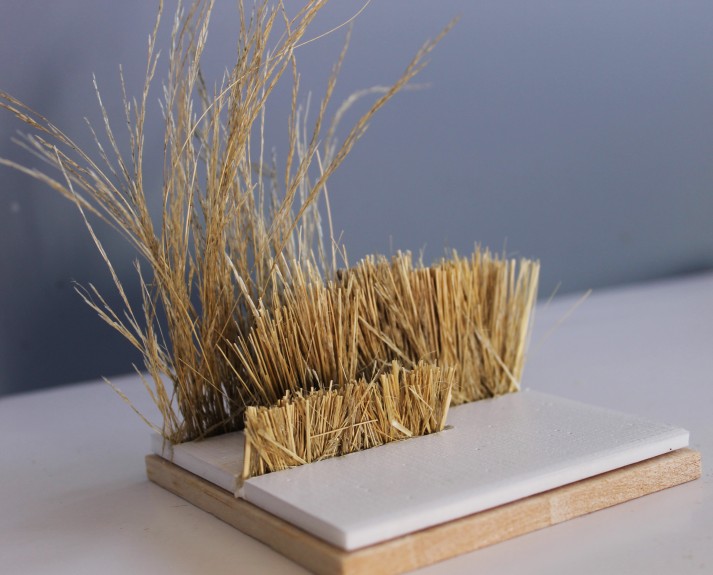
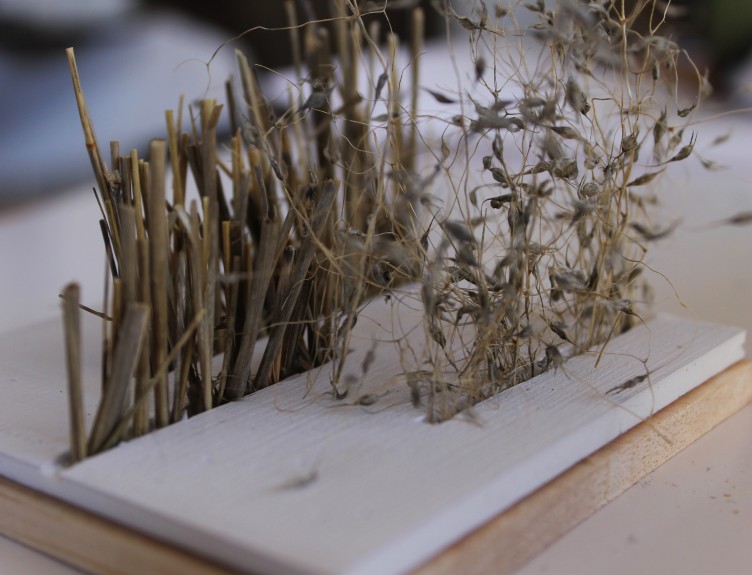
Oryzopsis hymenoides – Indian Ricegrass.
Valuable food source as grain. Cool season grass tolerant of dry, sandy soil.
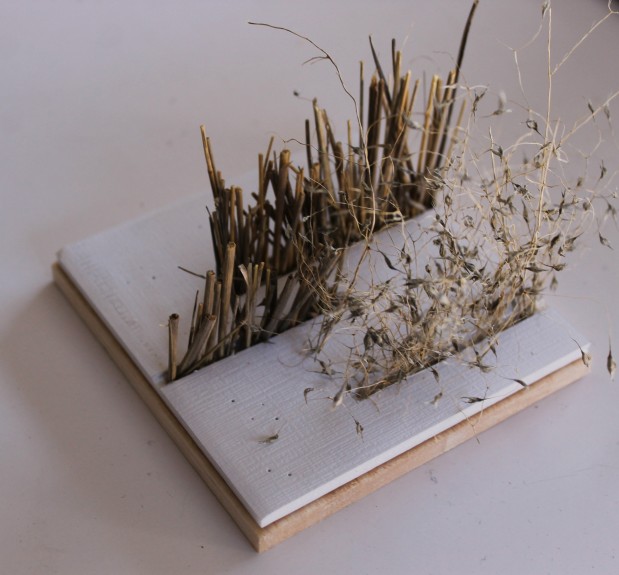
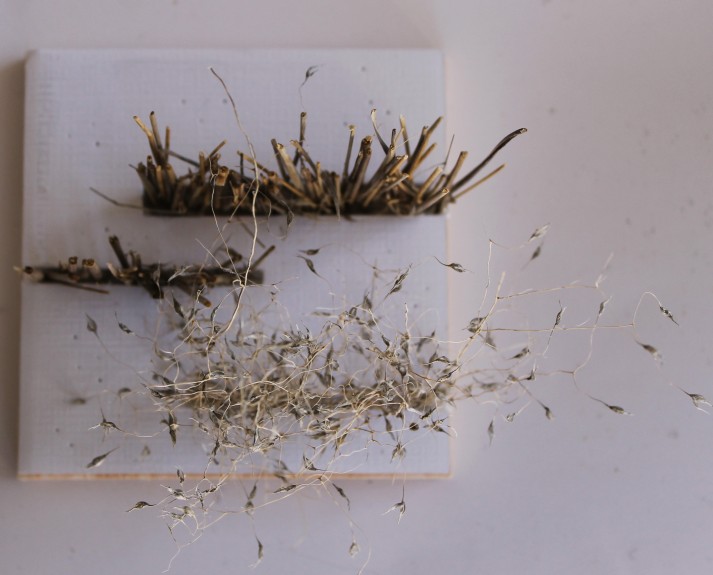
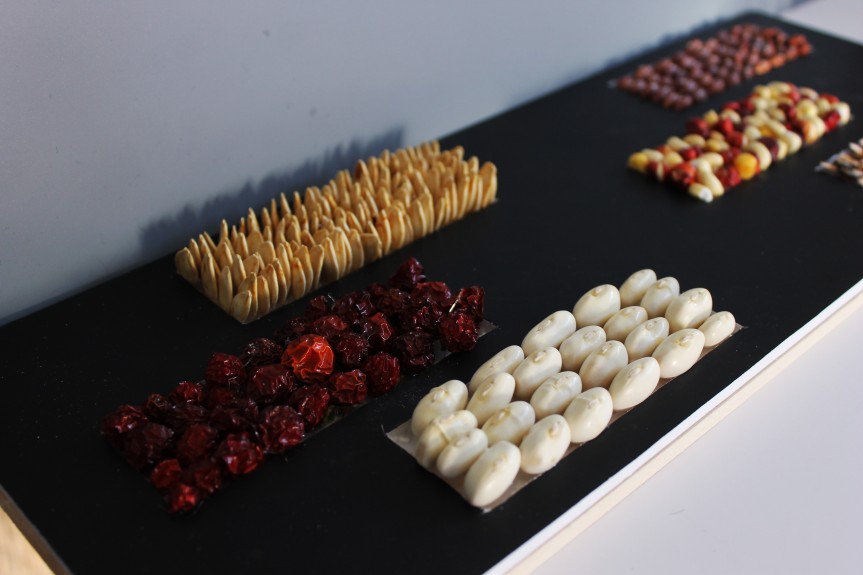
Corn, beans, squash, chiles and melon. Traditional food crops of multiple cultures in southwest. Fundamental sources of sustenance, celebration and ritual.
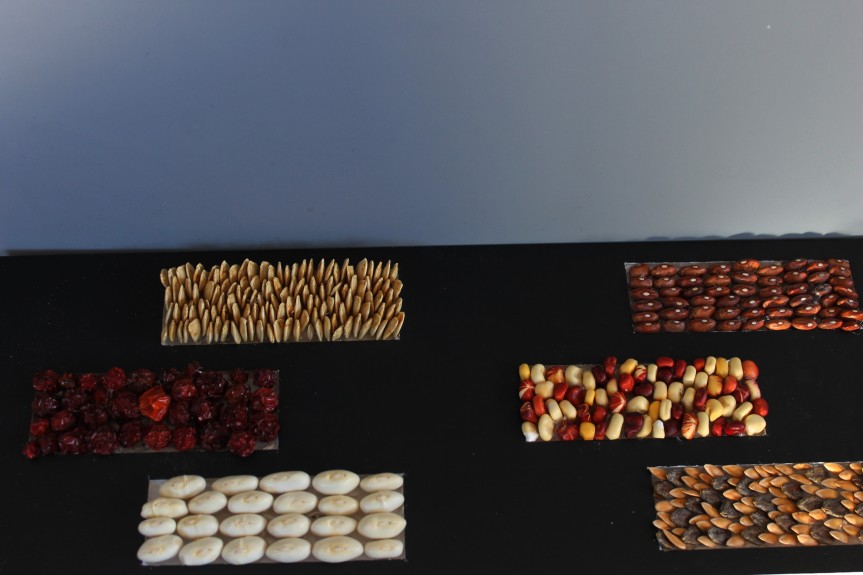
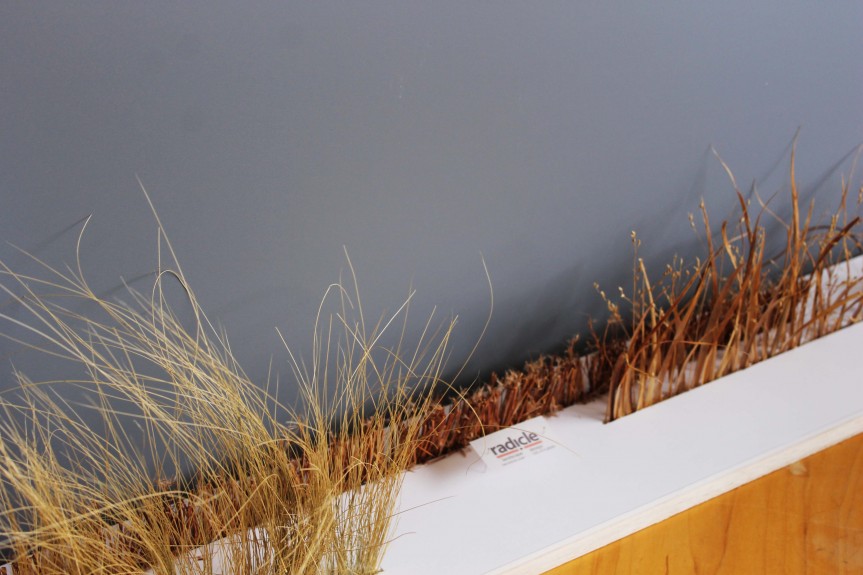
Grasses, the mother of all grains. Featured Trio: Threadgrass, Little Bluestem and Heavy Metal Switch Grass.
Lovely locals of integrity, texture, wind-swept sway and sustenance.
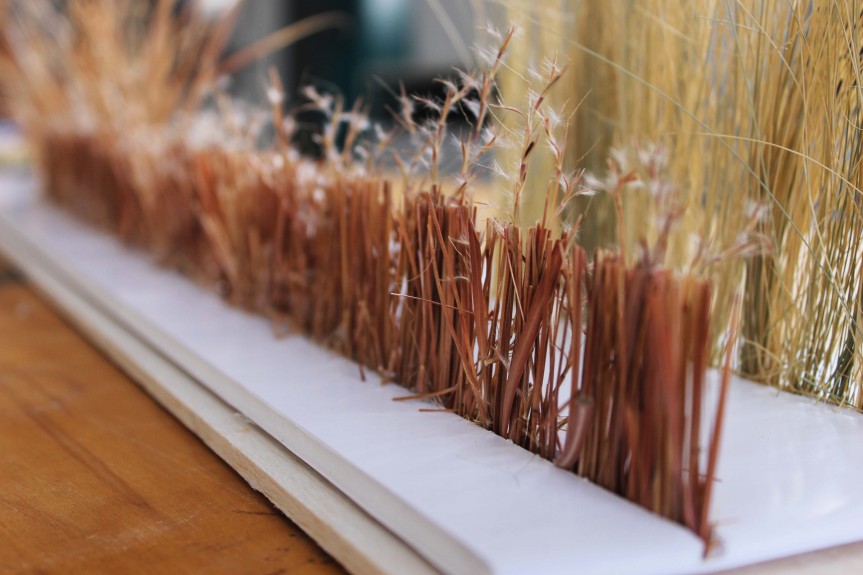
Little Bluestem up close.
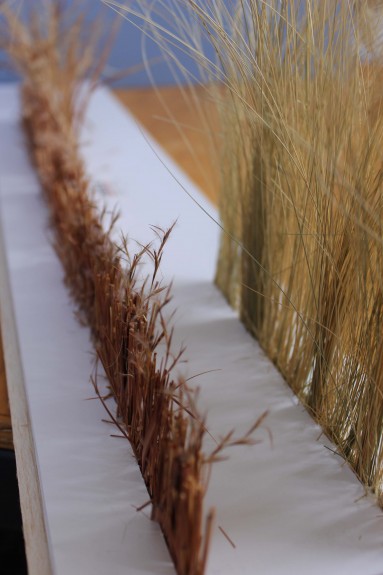
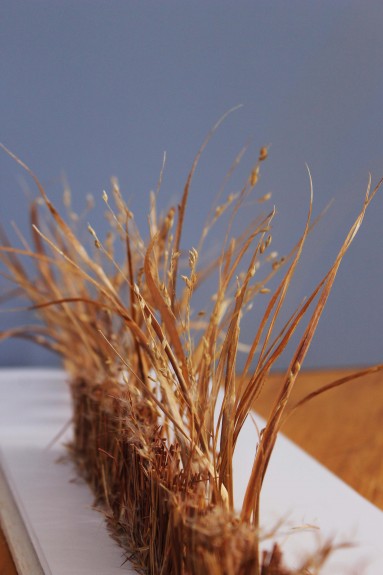
Heavy Metal Switch grass; blades and seed.
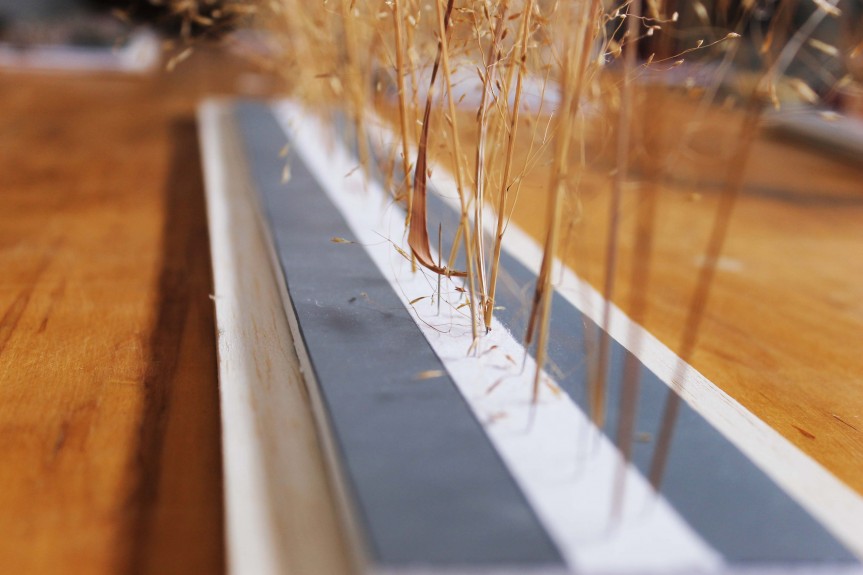
Airy elegance: Sand Lovegrass
